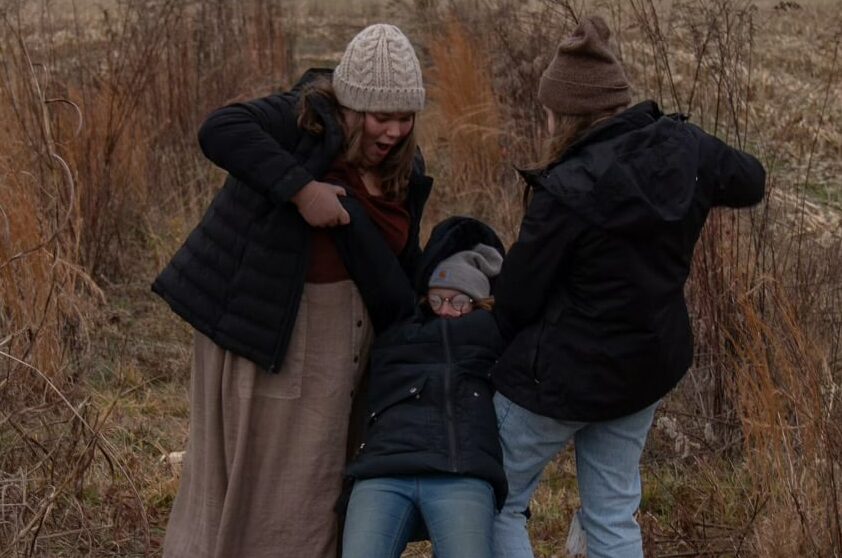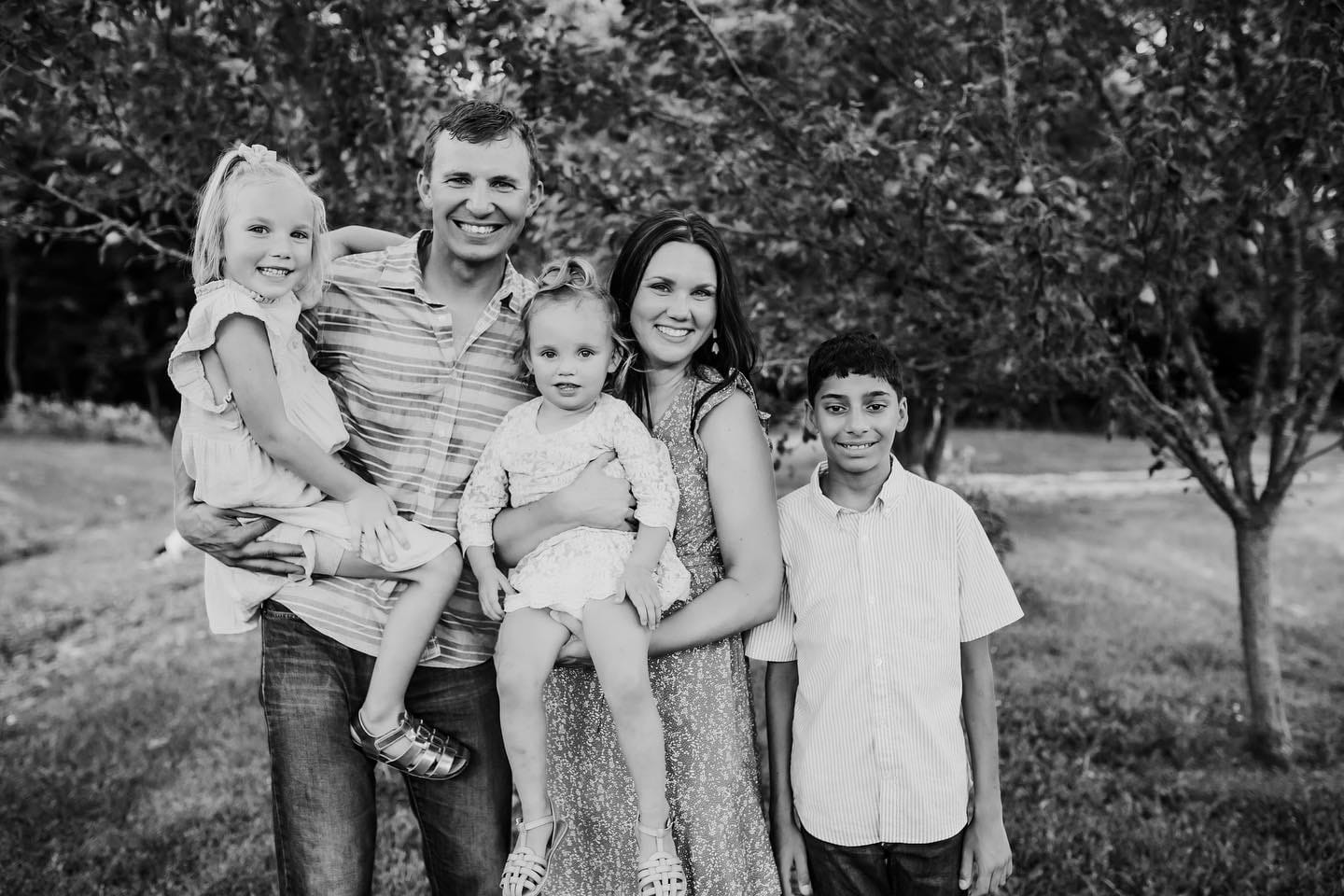Recovery Takes A Village
It was a few hours past midnight when the federal agent escorted the next trafficking victim into the conference room where the advocates had been waiting. This sting operation was focused on victim identification and my job as a victim’s advocate was to interview the victims to gather information, try to identify minors, offer victims’ services, and attempt to persuade each woman to leave her trafficker. The normal sting operations identified the buyers, but this law enforcement agency had begun a groundbreaking program of identifying victims and meeting them in hotels before introducing them to non-profit advocacy groups. Some women were brought in crying or completely apathetic, but the most recent woman brought in looked downright angry.
The reality of “rescue” is that the normal sex trafficking victim in the United States doesn’t actually want to leave. This may be shocking or surprising to some, but to understand why this is happening, we have to dig into understanding how the brain responds to trauma. During a traumatic incident, the brain signals our body to respond by initiating the fight, flight, freeze, or fawn response. This is a powerfully adaptive ability that allows a human in the midst of a bad experience to respond in the way that most helps them survive. Unfortunately, repeated trauma or traumatic experiences at a young age can cause this adaptive ability to become maladaptive
as it provides no benefits for a normal, functional life. In the case of many trafficking victims, they have most often adapted to their consistent physical and emotional trauma by freezing or fawning. Freezing looks like shutting down emotionally and
physically, a paralyzing feeling of immobility that also comes with dissociative thoughts and confusion. Fawning looks like acquiescing to whatever is asked, people pleasing, and doing whatever it takes to avoid a conflict. After these systems kick in, trafficking victims may grapple with feeling like they chose to be abused or they did not resist exploitation, eventually persuading themselves that they are happy with their “boyfriend” (a trafficker).
The woman eventually calmed down and we developed a relational rapport: “After hearing your story, it’s obvious to me that you’re entitled to victim’s compensation and services as a victim of trafficking”
“But I wasn’t trafficked, I chose to be there”
“Everything you’ve shared tells a different story”
“Trafficking hasn’t happened to me! Nobody took me from my home, nobody tells me what to do! This is what I want for my life!”
“Are you ever exchanging sex for drugs or a space to sleep?”
“Yes”
“Does someone profit off your client meetings?”
“Yes”
“Do you have a boyfriend who tells you where to go and who to meet?”
“Yes”
By the end of this interview, she said she had no idea that sex trafficking looked like her situation because the media painted it in such a different way. She had experienced trauma surrounding force, fraud, and coercion to the extent that she had adapted to this new way of doing life. If a trafficking victim does not even realize they’ve been trafficked, what then can we do to combat this insidious crime and help rehabilitate survivors?
So what can we do?
- Acknowledge the gaps in social awareness and work to educate those around us. The media can be quick to draw attention to Wayfair cabinets or other sensationally enhanced soundbites; while the real trafficking is happening all around us in short-term residential rentals and hotels. If you see something, say something: National Trafficking Hotline 1-888-373-7888 or call your local police tip line.
- Make a conscious effort to change the way we talk about rescue. Law enforcement is often involved; however, the burden of decision falls upon the victim of trafficking. In great bravery and boldness, they have to choose to leave and choose a new way of life. Power has been stolen from them, let us give them back that power by appointing them the role of rescuer in their story.
- Remember that recovery takes a village. We can care well for survivors by encouraging local non-profits to collaborate. As is obvious, a survivor’s brain and body will need decompression and de-programming. Recovery has phases and each survivor’s needs will look different based on the situation they are leaving. The 5 most typical phases are: Crisis and Rescue, Stabilization, Long-Term Recovery, Transitional Living, and Independence. A survivor leaving their trafficker in the middle of the night will not respond well to entering a long-term structured healing program. Any person making decisions in the midst of trauma reactions is unable to thoughtfully consider their future goals or dreams, but instead is looking to merely survive. With a stabilization period before entrance into long-term trauma recovery, survivors of trauma are more likely to complete treatment plans and not relapse (Staudenmeyer et al, 2022). When the anti-trafficking community of law enforcement, non-profits, local churches, and passionate volunteers team up in collaboration, the survivor becomes the central focus and they can receive wrap-around care through each of the phases of recovery. This is not easy, collaboration brings with it heaps of paperwork and evaluating different ethics codes. It also requires organizations to recognize their lane of specialty and work towards excellence in one area before expanding to new territory.
- Engage meaningfully in preventative spaces. High-risk factors for juvenile and adult sex trafficking are adverse childhood experiences like foster care placement, childhood abuse, homelessness, and drug use. Recent research shows that more than 25% of juvenile trafficking victims ran away from a foster-care placement (Reid et al, 2019). This number is dramatically higher for adult victims. Want to make a difference in the anti trafficking movement? Get involved in foster care, step into vulnerable places in your own communities. Teaching, volunteering, or serving high-risk children is an extremely effective method of prevention!
The burden of anti trafficking work is not a burden to be carried alone. Recovery takes a village. When we have accurate information, can recognize the risk factors, and are willing to step into uncomfortable places, we can all be a part of the village together.
Julianne Ging has her MA Human Services Counseling-Crisis Response and Trauma. She has spent 12 years of volunteer advocacy for sex trafficking victims and 4 years working with long-term residential sex trafficking recovery homes.
Want to keep learning? Here are Julianne’s recommended resources:
“What Happened To You?: Conversations on Trauma, Resilience, and Healing” – Dr. Bruce Perry and Oprah Winfrey
“In Pursuit of Love: One Woman’s Journey from Trafficked to Triumphant” – Rebecca Bender
“Girls Like Us: A Memoir” – Rachel Lloyd
References
Reid, J. A., Baglivio, M. T., Piquero, A. R., Greenwald, M. A., & Epps, N. (2019). No youth left behind to human trafficking: Exploring profiles of risk. American Journal of Orthopsychiatry,
89(6), 704–715. https://doi.org/10.1037/ort0000362
Staudenmeyer, A. H., Maxwell, S., Mohlenhoff, B., Yasser, J., Schmitz, M., Metzler, T., Maguen, S., Neylan, T., & Wolfe, W. (2022). Pretreatment Stabilization Increases Completion of Trauma-
Focused Evidence-Based Psychotherapies. Psychological Trauma: Theory, Research, Practice, and Policy. Advance online publication.
http://dx.doi.org/10.1037/tra0001196



